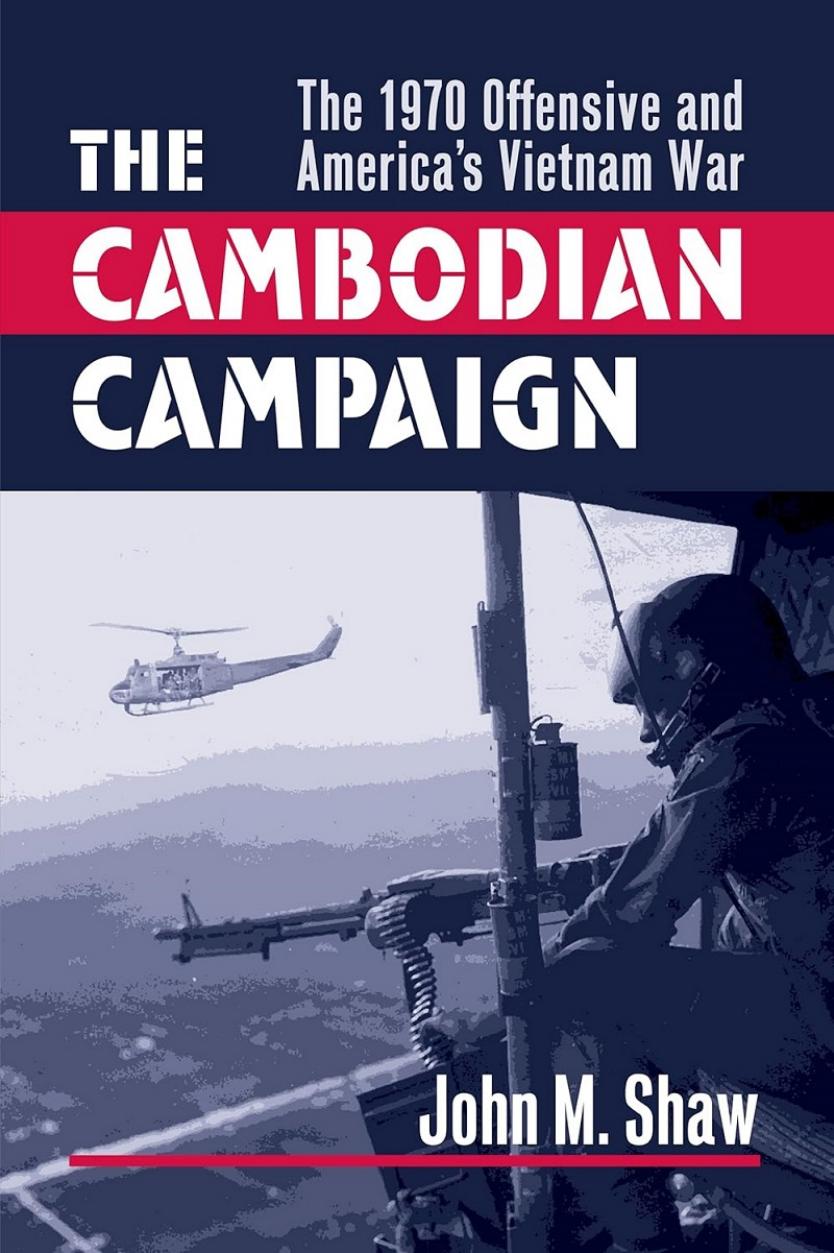

Most ebook files are in PDF format, so you can easily read them using various software such as Foxit Reader or directly on the Google Chrome browser.
Some ebook files are released by publishers in other formats such as .awz, .mobi, .epub, .fb2, etc. You may need to install specific software to read these formats on mobile/PC, such as Calibre.
Please read the tutorial at this link: https://ebookbell.com/faq
We offer FREE conversion to the popular formats you request; however, this may take some time. Therefore, right after payment, please email us, and we will try to provide the service as quickly as possible.
For some exceptional file formats or broken links (if any), please refrain from opening any disputes. Instead, email us first, and we will try to assist within a maximum of 6 hours.
EbookBell Team

5.0
110 reviewsMost histories of the Vietnam War either give the Cambodian invasion short shrift or merely criticize it for its political fallout, thus neglecting one of the campaign's key dimensions. Approaching the subject from a distinctly military perspective, Shaw shows how this carefully planned and executed offensive provided essential support for Nixon's "decent interval" and "peace with honor" strategies-by eliminating North Vietnamese sanctuaries and supply bases located less than a hundred miles from Saigon and by pushing Communist troops off the Vietnamese border.
Despite the political cloud under which the operation was conducted, Shaw argues that it was not only the best of available choices but one of the most successful operations of the entire war, sustaining light casualties while protecting American troop withdrawal and buying time for Nixon's pacification and "Vietnamization" strategies. He also shows how the United States took full advantage of fortuitous events, such as the overthrow of Cambodia's Prince Sihanouk, the redeployment of North Vietnamese forces, and the late arrival of spring monsoons.
Although critics of the operation have protested that the North Vietnamese never did attack out of Cambodia, Shaw makes a persuasive case that the near-border threat was very real and imminent. In the end, he contends, the campaign effectively precluded any major North Vietnamese military operations for over a year.
Based on exhaustive research and analysis of the invasion's objectives, planning, organization, and operations, Shaw encourages a newfound respect for one of America's genuine military successes of the war